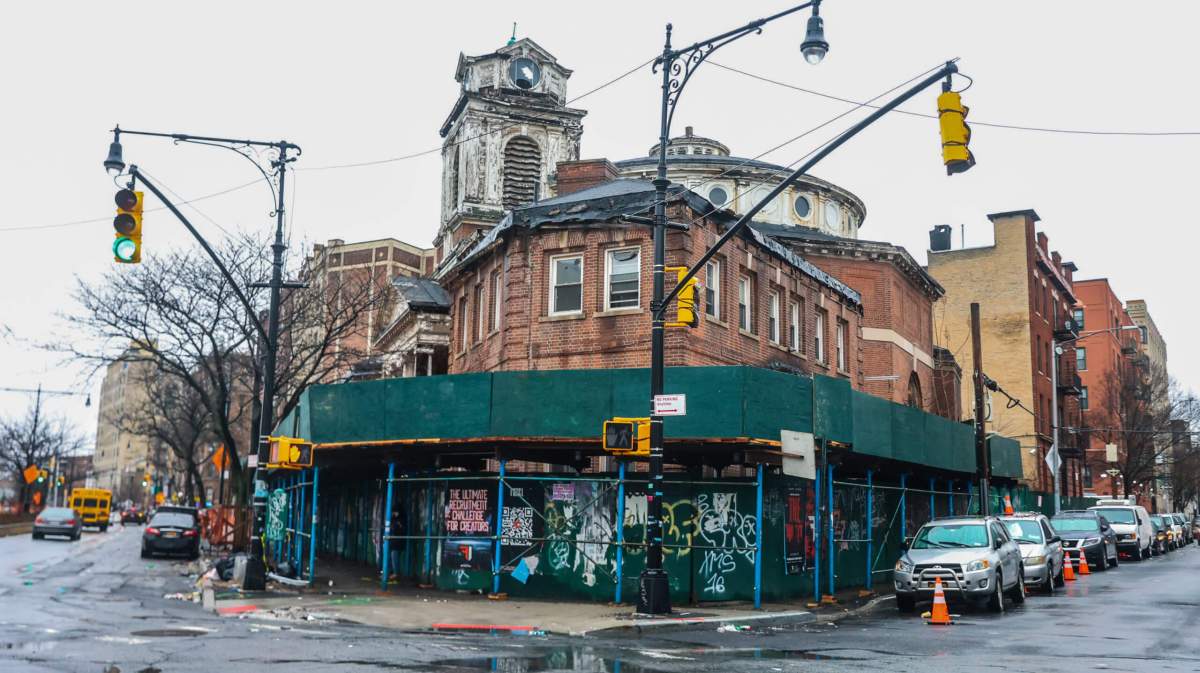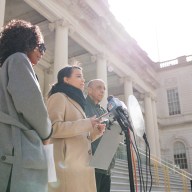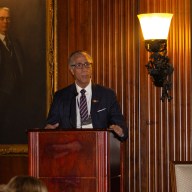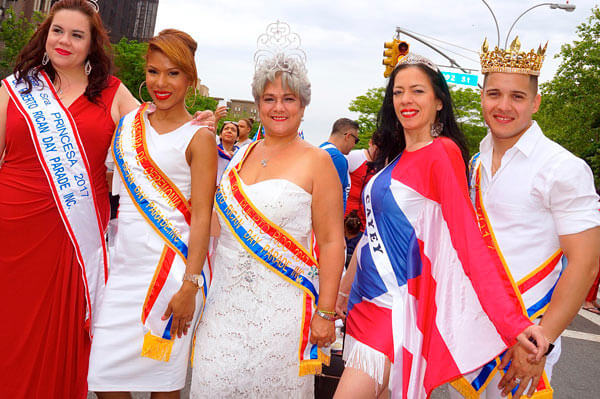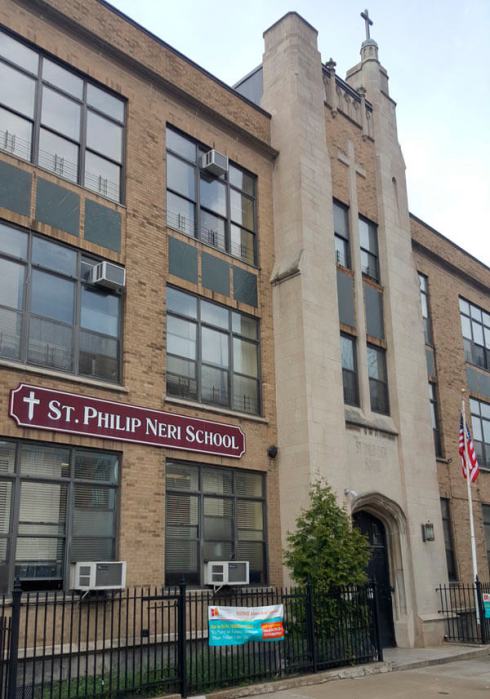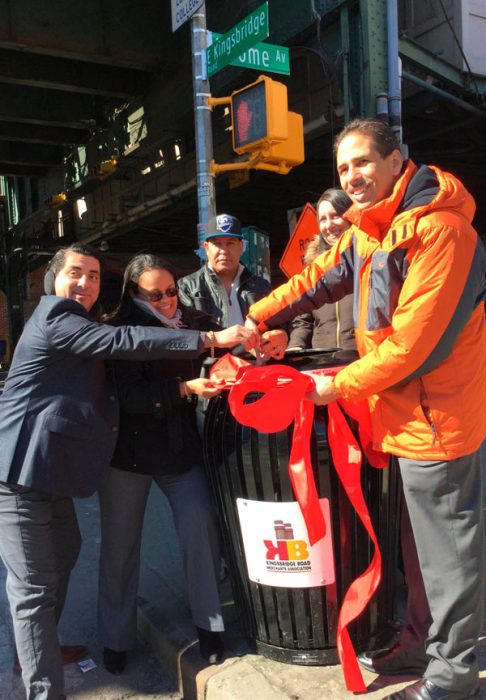Maria Cepeda remembers when the three-story Pilgrim United Church of Christ building in the Mount Hope neighborhood was a safe space for congregation and community for much of the mid-20th century.
“I used to laugh in that building; pray in that building,” said Cepeda, whose family had been going to the church, for more than 50 years until the early 1990s. “That building used to be associated with good memories. But now it’s a place of shame and filth.”
Cepeda also remembers hearing about how her great-grandmother and grandmother would visit the church to hear lectures by acclaimed artists, such as Fannie Hurst. The building, in her words, defined much of the Mount Hope neighborhood’s social identity.
The church also occupied several small buildings along a desolate strip of buildings on the 1800 Grand Concourse block.
That beautiful building, with more than 100 years of history on the northeast corner of East 175th and Grand Concourse that was once packed to the upper balcony with 300-plus residents on Sundays, has now become an eyesore for community members. In its remnants, long abandoned by church members since 2012, is a building in rapid decline, and decades of decay dating back to the early 90’s show a property that has been hit with more than 85 open violations by the city’s building officials.
Upon first sight of the abandoned building, a room that used to house a grand 18th century brass organ and close communal seating for its South Bronx congregation is now a darkly-lit holding space for some homeless New Yorkers looking to find warmth or privacy from castful, judgmental eyes. One homeless man who referred to himself as “Benny,” told the Times that he’d been going inside the church building for the last five years, and can’t recall the last time law enforcement did a sweep of the building.
Some residents have complained, over time, the building is also a place for rampant drug use.
“I’ve seen (drug) users hanging out near that building for a while, and this whole block, I feel like you have to watch your back,” said Sarah DaVanon, who commutes on the D train into Manhattan from the nearby 174-175 Street stations.
Documents obtained by the Bronx Times show that Pilgrim United Church of Christ had fulfilled its original mortgage obligation from 1965 until 1988. The church maintained private ownership of the building from thereon, but regular gatherings and maintenance of the property became inconsistent to nonexistent around the 1990s and completely stopped in the mid-2000s, former church members told the Times.
The city began flagging the building for improper maintenance in April 1993.
Despite no active events or services being held in the building since the 2000s, the property is still currently owned by the Pilgrim United Church of Christ, the New York Conference confirmed, and a small group formerly held services in a side building.
However, the main 1800 Grand Concourse building is a hazard, city building officials have declared.
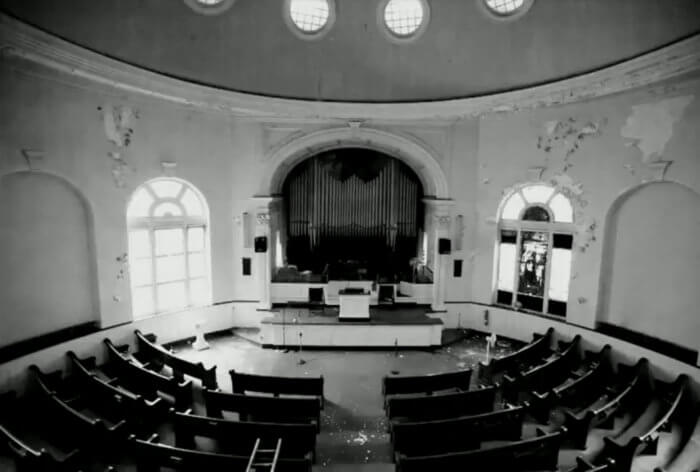
“Last time my family went there had to be 1998, maybe winter of 1999” Cepeda recalled. “But it was already a bad place. No one took care of it, it was falling apart and no one wanted to be there anymore.”
The church’s February 1993 citation would become the first of a slew of buildings violations on the building, exceeding more than $70,000 alone, which doesn’t include increasing fines and violations for unmet city Department of Buildings (DOB) violations.
Residents can’t place when the building became completely abandoned, but 2012 is cited as the start of its deterioration, when city building officials did a full inspection of property.
Last month, city building inspectors conducted an investigation of the property and found that the church steeple and building cornices were deteriorating, and that it had multiple broken windows. In addition, it was observed that a sidewalk shed — which has a permit that expired in 2009 — was in poor repair. It is illegal, buildings officials say, to remove the sidewalk shed until such work is completed and passes inspection.
“We ordered the property owners to make repairs to the sidewalk shed immediately in the interest of public safety,” said Ryan J. Degan, spokesperson for the city’s DOB. “When the owners failed to comply with this order, DOB issued an Immediate Emergency Declaration for city contractors to be brought in to repair the sidewalk shed, and city contractors have been brought to the site, and the property owners will be billed for the work.
However, city building officials told the Times that during their inspection of building, they found the structure still structurally stable, and not in danger of imminent collapse. In addition to its communal value, the building is steeped in the city’s trademark Colonial Revival style history that defined the 20th century, being constructed on the Grand Concourse in 1910 by famed New York architects Francis L.V. Hoppin and Terrence A. Koen.
For Community Board 5 members — a push began around 2014 to restore the building as a cultural center or supportive housing unit in response to fears that the building would be demolished — talks to acquire the property from owners, Pilgrim United Church of Christ, have stalled due to lack of communication.
Attempts to reach officials from the Pilgrim United Church of Christ denomination for comment were unsuccessful.
“You can’t acquire a property that doesn’t want to be sold, and no one is going to want to put money into a building they don’t have access to,” said Dr. Bola Omotosho, CB5 chair. “Historically, the building is over a century old and has significance on the Grand Concourse. But there are people who would want to see that prime location be used to other developments — but it’s hard when the owners don’t want to give up the property.”
This story was updated on Feb. 12.
Reach Robbie Sequeira at rsequeira@schnepsmedia.com or (718) 260-4599. For more coverage, follow us on Twitter, Facebook and Instagram @bronxtimes.

